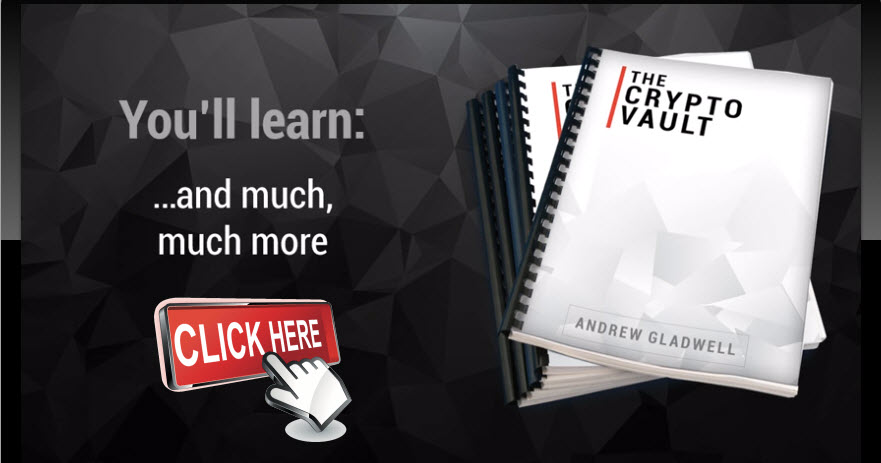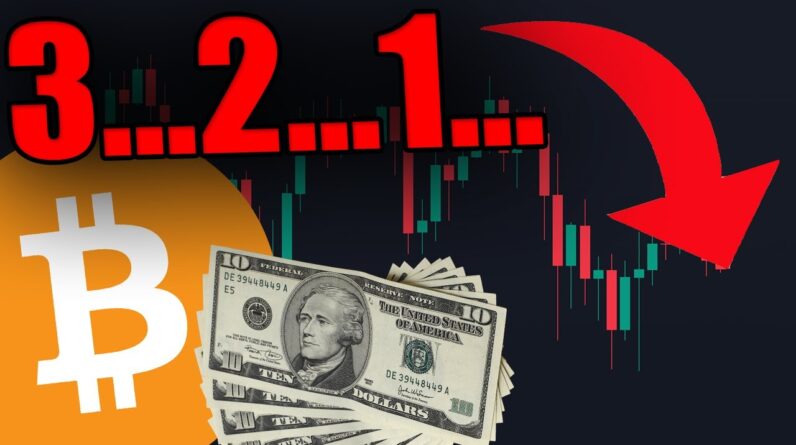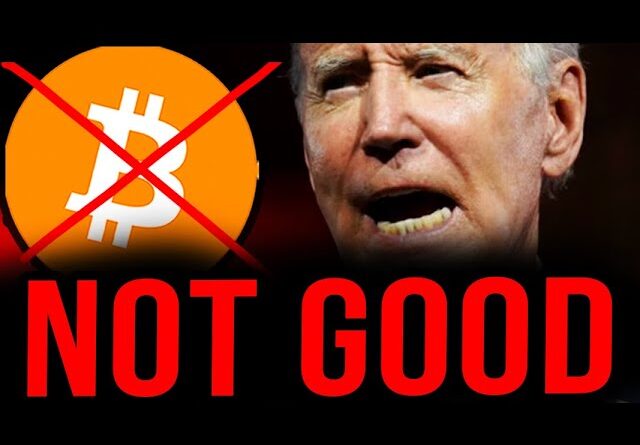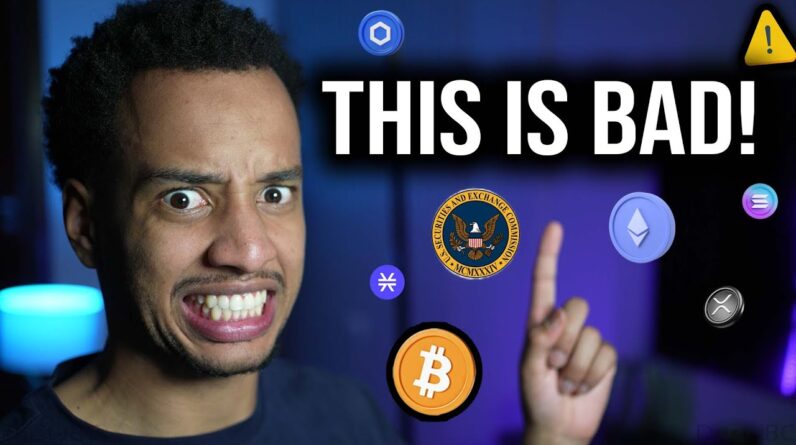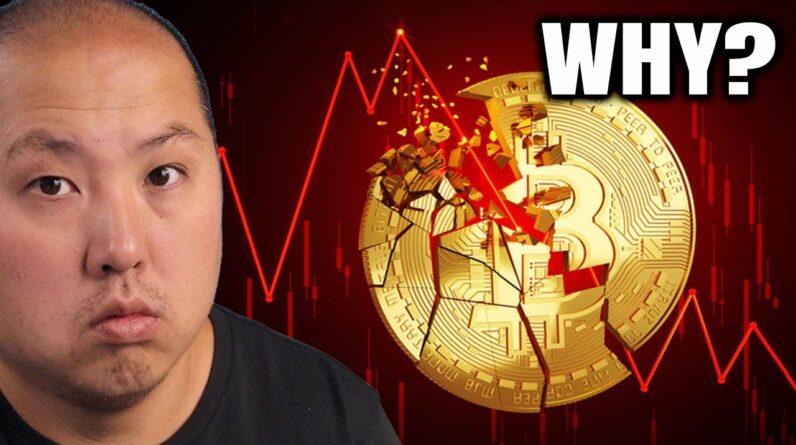
We are watching history unfold. Similar to the 2008 financial crisis, books will be written about the events that are transpiring in the global markets today. But just like the 2008 financial crisis, collectively industries will grow stronger together. It’s more critical than ever to provide education around the fundamentals of liquidity and its importance to global markets.
At its most basic premise, liquidity refers to the ease with which assets can be converted into cash without dislocating the market. Generally speaking, the greater the volume, the higher the liquidity and the faster the matching between buyers and sellers.
The marketplace for U.S. Treasury Bonds represents an example of this. Banks serve as middlemen in the market, matching buyers and sellers. Traditionally, when the stock market declines, investors flock to the bond market as a safe haven alternative. This increased activity results in a highly liquid market where it is easy to match buyers and sellers because the difference between prices offered by sellers and sought by buyers is very small.
Today, we are seeing a rare mismatch in this bond market because of fallout effects from the coronavirus. Sellers are dumping equities and bonds, and many investors are sidelined. This creates a gap that leads to an illiquid market where banks have difficulty connecting buyers and sellers efficiently.
Liquidity is key to exchanging any asset—whether it be bonds or digital assets—quickly, easily, and cheaply. Greater liquidity also helps increase the size or volume of trades that can be processed by dependent systems.
It follows that liquidity around the digital asset XRP is the lifeblood of Ripple’s On-Demand Liquidity (ODL) for cross-border payments. XRP can be sent directly, quickly and cheaply, without needing a central intermediary, making it a convenient instrument in bridging two different currencies quickly and efficiently. As a bridging tool in ODL, the greater the liquidity of XRP, the less cost and risk in each transaction.
The continued growth of ODL has led to an expanding number of financial institutions, payment providers and market-makers to trade in XRP. The resulting increase in institutional trading volume has helped to bring further liquidity to XRP, specifically in ODL corridors—in spite of the recent market turbulence surrounding the COVID pandemic. As ODL volumes grow in destination corridors, institutional trading will naturally increase given ODL flows tend to be dominated by institutional parties and market makers.
This virtuous cycle of utility, trading and liquidity continues to build: the more XRP is traded, the more liquid it becomes, solidifying its use in application.
Bitso has leveraged its use of ODL and XRP to become the largest exchange in Latin America. The company’s Head of Finance Barbara Gonzalez Briseno says that the volume of trading has helped drive down the cost of remittances to the point that end users pay “a fraction of (traditional) wire transfer fees” through the service.
New growth for XRP liquidity will come from a number of different sources. Emerging cross-border payment corridors and ODL partner exchanges demanding new currency pairs for XRP will help improve trading volume and the ability to trade amongst assets.
But even non-ODL partner exchanges like Kraken or Coinbase will contribute to increased liquidity. As non-ODL partner exchanges continue to grow more mainstream, larger institutional traders will begin transacting in XRP, making order books—including ODL order books—more liquid.
Identifying new use cases for digital assets outside of cross-border remittances will also deepen the trading pool and liquidity for XRP. As real-world solutions are solved with this technology, it will attract new, larger groups of traders, leading to even more volume and liquidity.
More simply stated, it is continuous utility that will foster liquidity depth and market health around XRP. The more value transfer problems it helps to solve and payment frictions it helps to reduce; the more diverse and efficient the adoption of XRP as a global payment asset will become.
The post Liquidity and Global Markets | 101 appeared first on Ripple.


